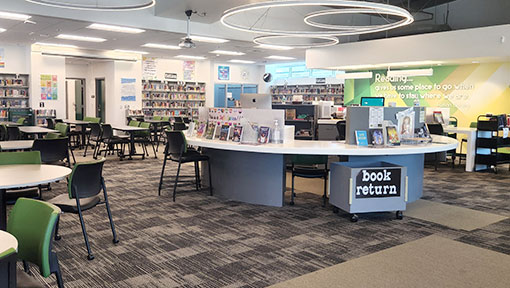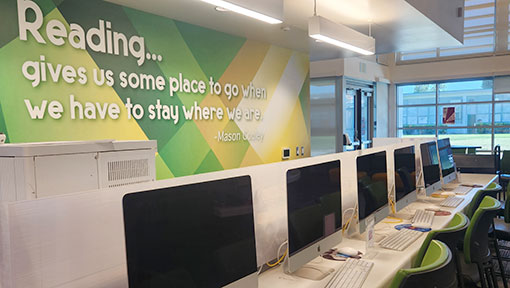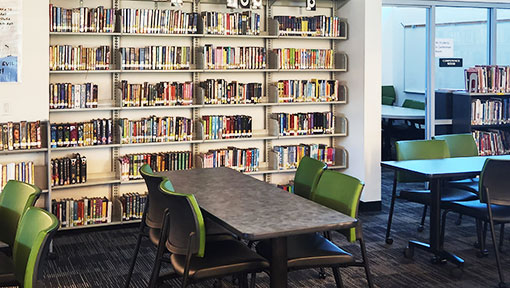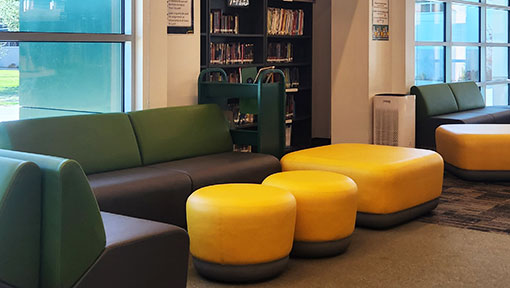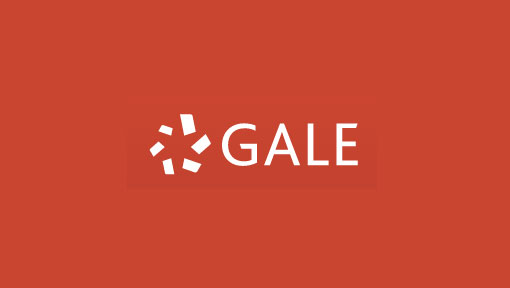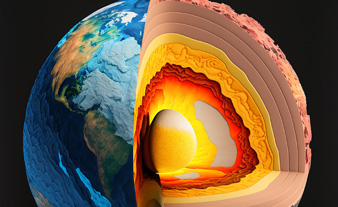Welcome to Sussman Library
Library Hours
Mondays
Before School 7:30 – 7:55 am
Snack 10:34 – 10:49 am
Lunch 12:31 – 1:01 pm
After School 2:44 – 3:10 pm
Tuesdays / Thursdays
Before School 7:30 – 7:55 am
Snack 9:30 – 9:42 am
Lunch 12:44 – 1:14 pm
After School 2:44 – 3:10 pm
Wednesdays / Fridays
Before School 7:30 – 7:55 am
Snack 9:45 – 10:00 am
Lunch 11:29 – 11:59 pm
After School 1:30 – 3:00 pm
Information Literacy
Online Research
MLA & Citation Sources
Meet Your Librarian
Book Suggestions
What is Information Literacy?
Information literacy is a set of abilities requiring individuals to recognize when information is needed and have the ability to locate, evaluate, and use effectively the needed information.
Informationally literate students are able to…
- Determine the extent of information needed
- Access the needed information effectively and efficiently
- Evaluate information and its sources critically
- Incorporate selected information into one’s knowledge base
- Use information effectively to accomplish a specific purpose
- Understand the economic, legal, and social issues surrounding the use of information, and access and use information ethically and legally
-American Library Association
Resources for Fact Checking
Reading News Online
How to Choose Your News
How False News Can Spread
How to Spot Fake News
Reading News Online
How to Choose Your News
How False News Can Spread
How to Spot Fake News
Breaking News Consumer’s Handbook: Fake News Edition
-
- Big red flags for fake news: ALL CAPS, or obviously photoshopped pictures.
- A glut of pop-ups and banner ads? Good sign the story is pure clickbait.
- Check the domain! Fake sites often add “.co” to trusted brands to steal their luster. (Think: “abcnews.com.co”)
- If you land on an unknown site, check its “About” page. Then, Google the word “fake” and see what comes up.
- If a story offers links, follow them. (Garbage leads to worse garbage.) No links, quotes, or references? Another telltale sign
- Verify an unlikely story by finding a reputable outlet reporting the same thing.
- Check the date. Social media often resurrects outdated stories.
- Read past headlines. Often they bear no resemblance to what lies beneath.
- Photos may be misidentified and dated. Use a reverse image search engine like TinEye to see where an image really comes from.
- Gut check. If a story makes you angry, it’s probably designed that way.
- Finally, if you’re not sure it’s true, don’t share it! Don’t. Share. It.
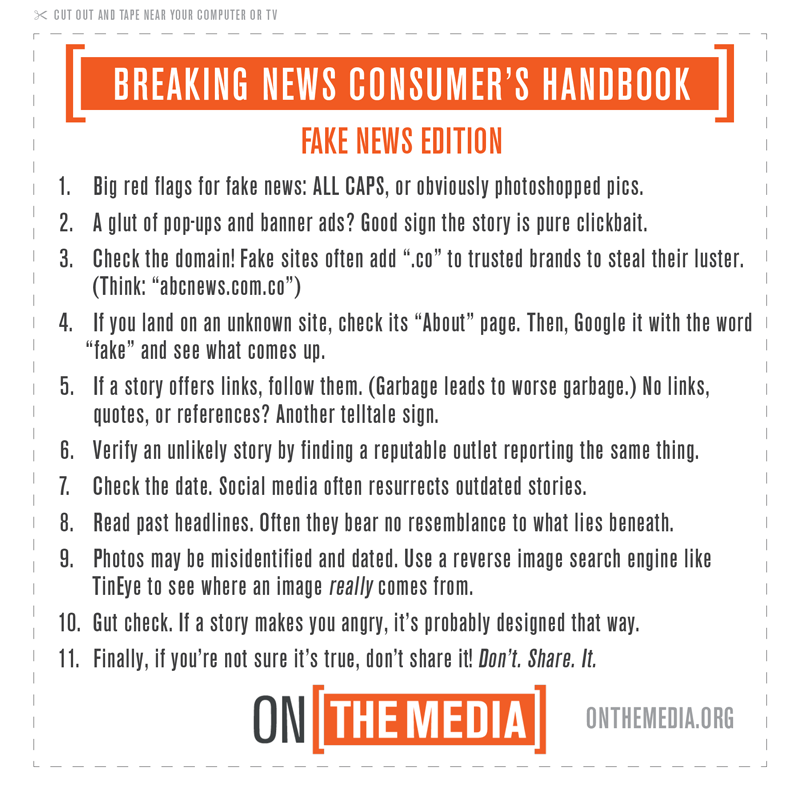
Online Research
The library has a subscription to databases that you can access anytime, anywhere! See Mrs. Walker in the library for the password.
Britannica Escolar
¿Necesitas ayuda con la investigación? Encuentre artículos, videos y más.
Gale in Context: Middle School
Research and learn with thousands of credible and trustworthy primary and secondary sources.
Gale Virtual Reference Library
A database of encyclopedias and specialized reference sources for multidisciplinary research.
Gale Interactive Science
Research science topics to see and explore in-depth interactive 3D models along with related articles.
Click Search for another location
Gale Earth Science
Browse research topics affecting Earth Today. Find articles, videos, and more from accurate sources.
Click Search for another location
I.C.E. | Cite Sources Like a Pro
Introduce your quotation
Introducing your expert or sources is important for readers because it shows the source is legitimate. In other words, if you are writing about a medical topic, it would make sense that you would gather information from medical journals, databases and medical professionals.
- Using a signal phrase helps introduce your expert material into your sentences and paragraphs in a smooth and coherent way.
Cite your quotation
Citing your sources means that you have given credit to the original author or agency that wrote the material.
- Follow this rule of thumb: “If in doubt, cite it.”
- What should be cited?
- Cite anything that is quoted word for word directly from the original source.
- Cite anything that is paraphrased from the original source.
- Cite all tables, figures, maps, and etc.
- Cite anything from electronic sources off the internet
- Cite any interviews
- Examples:
- “By the year 2010, all automotive companies will be required to show evidence of alternative fuel vehicles in production.” (Williams 20)
Explain your quotation
Tell your reader what the quotation/fact/data means with regard to your topic and how they relate to your thesis statement.
Key thought: Why is this important and what does it have to do with my main point?


